Make Kimono Selection Even More Enjoyable!
Kimono Types and Accessories Guide
How about a kimono experience for a wonderful travel memory of a lifetime? To fully enjoy your kimono rental, let’s first look together at the various kimono types, the roles of accessories that further enhance your look, and how to choose them. Just knowing a little will make your kimono rental experience much richer and significantly improve your photos!
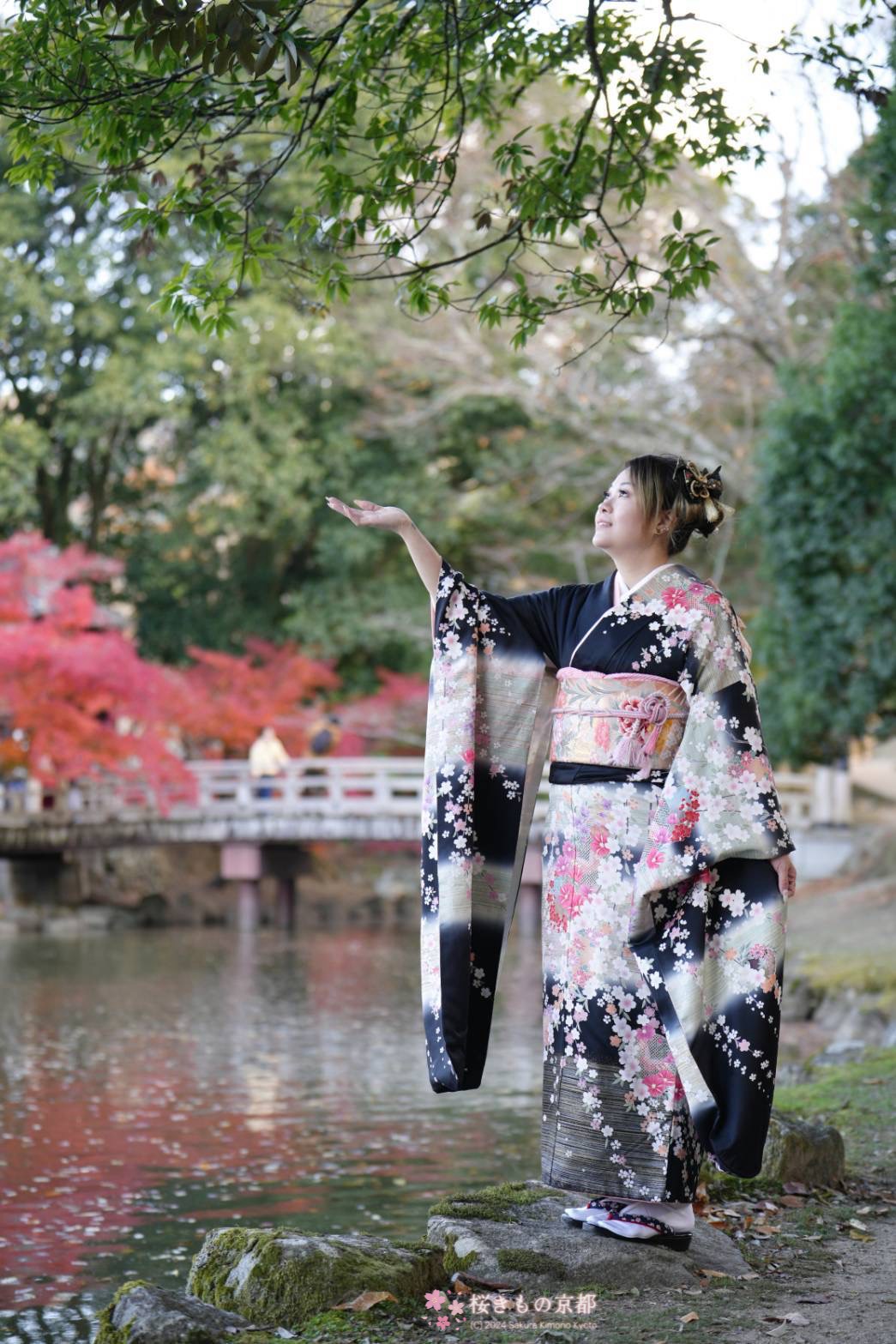
Furisode
Furisode kimono are characterized by their long sleeves, typically ranging from 100 to 115 cm in length. The name means “swinging sleeves.” It is the most formal kimono for unmarried women and is commonly worn for important occasions such as Coming of Age ceremonies, graduations, and weddings. Furisode feature vibrant colors and intricate, beautiful patterns covering the entire garment.
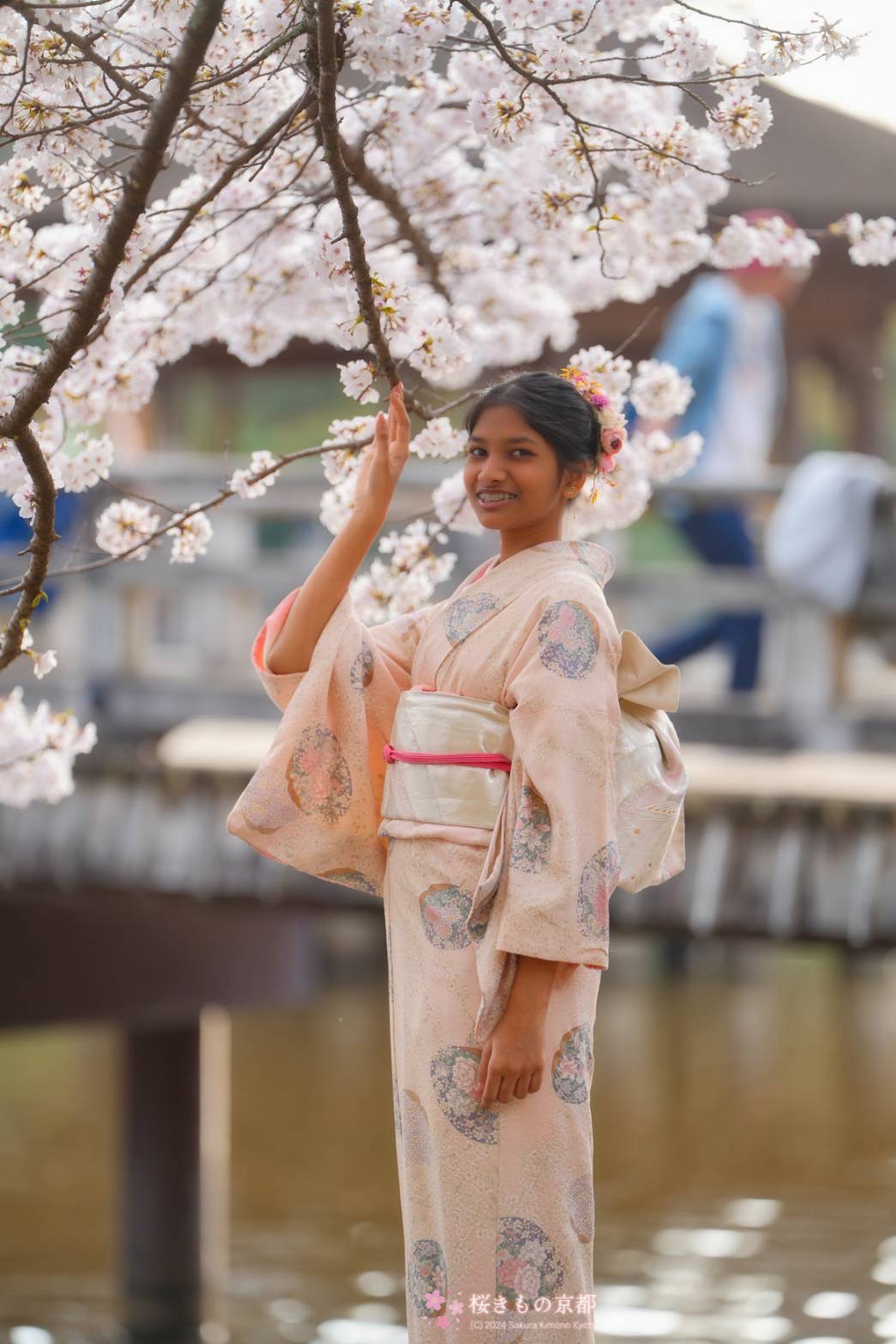
Houmongi
Houmongi, meaning “visiting wear,” is a versatile formal kimono that can be worn by both married and unmarried women. A distinguishing feature of Houmongi is the continuous pattern that flows seamlessly across the seams from the shoulder to the hem. It is often seen in Japanese dramas and movies and is well-suited for slightly formal occasions where a degree of elegance is required.
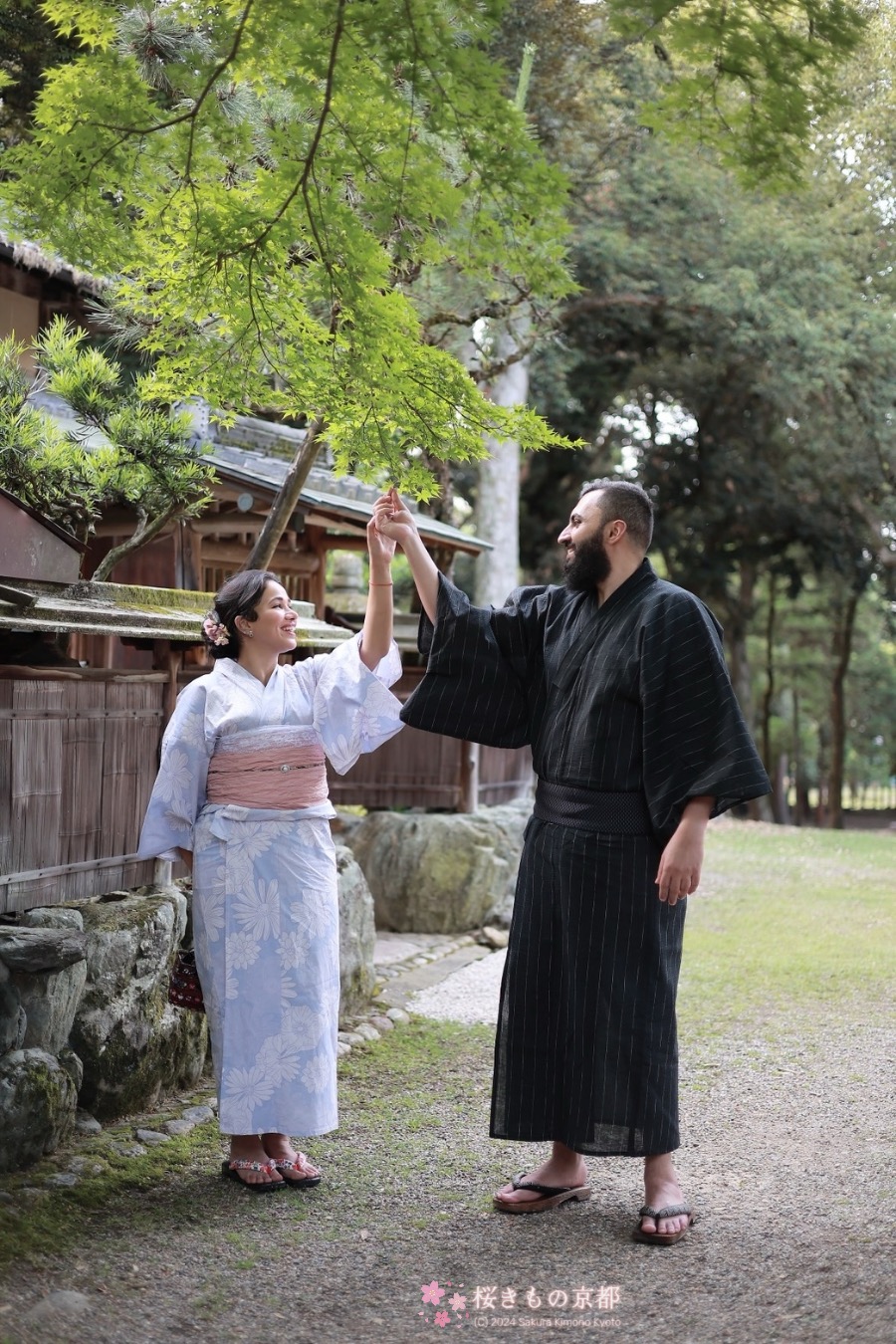
Yukata
Yukata is one of Japan’s traditional garments, known for being light and comfortable casual wear, typically worn in spring and summer. Available in various colors and patterns, Yukata is often provided as loungewear at hot spring inns after bathing. It is commonly worn by Japanese women and men for casual summer events like festivals (Matsuri) and fireworks displays. Unlike more formal kimono such as Furisode or Houmongi, Yukata is not suitable for highly formal occasions.
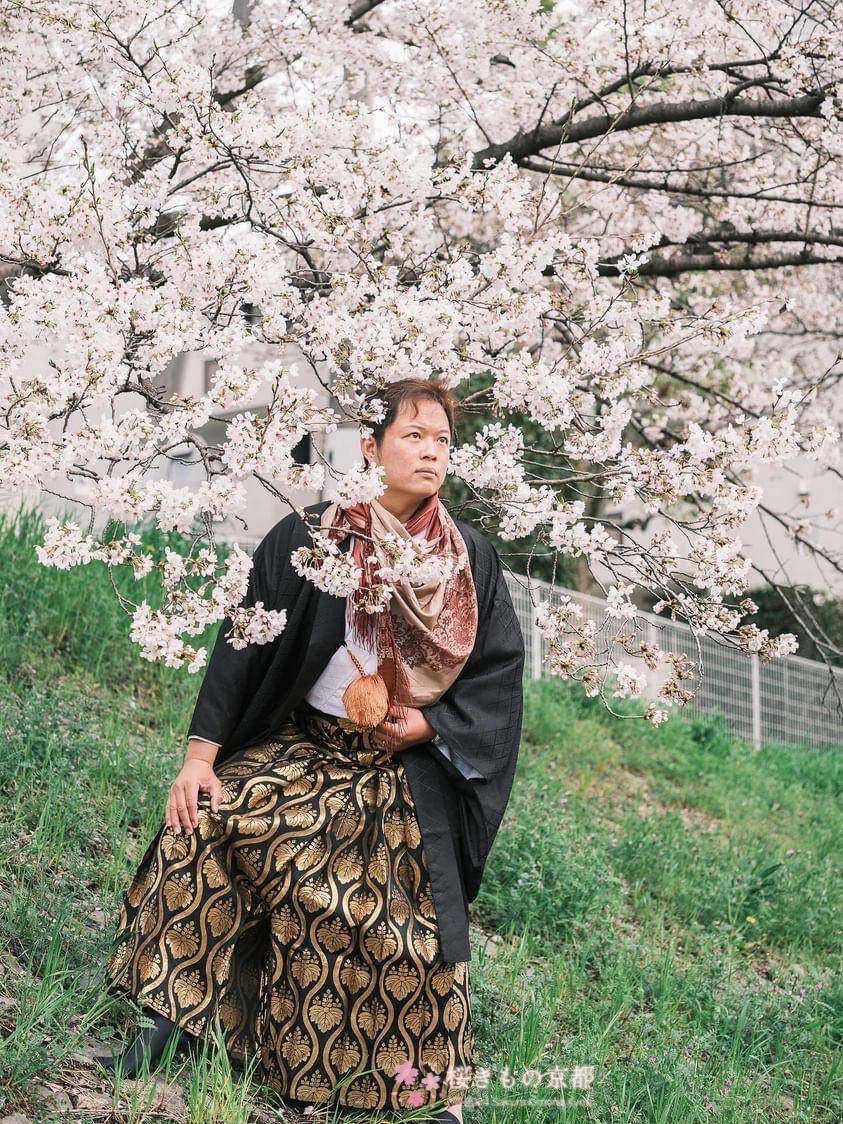
Hakama
Hakama is a type of traditional Japanese lower garment, like wide trousers or a pleated skirt, worn over a kimono. Historically worn by men, it is also worn by women, particularly for graduation ceremonies. Men typically wear horse-riding style Hakama (umanoribakama) for formal events such as Coming of Age ceremonies or weddings, and it is also worn for martial arts like Kendo and Kyudo. Women’s Hakama are long-skirt shaped and are commonly worn with Furisode for university graduation ceremonies.
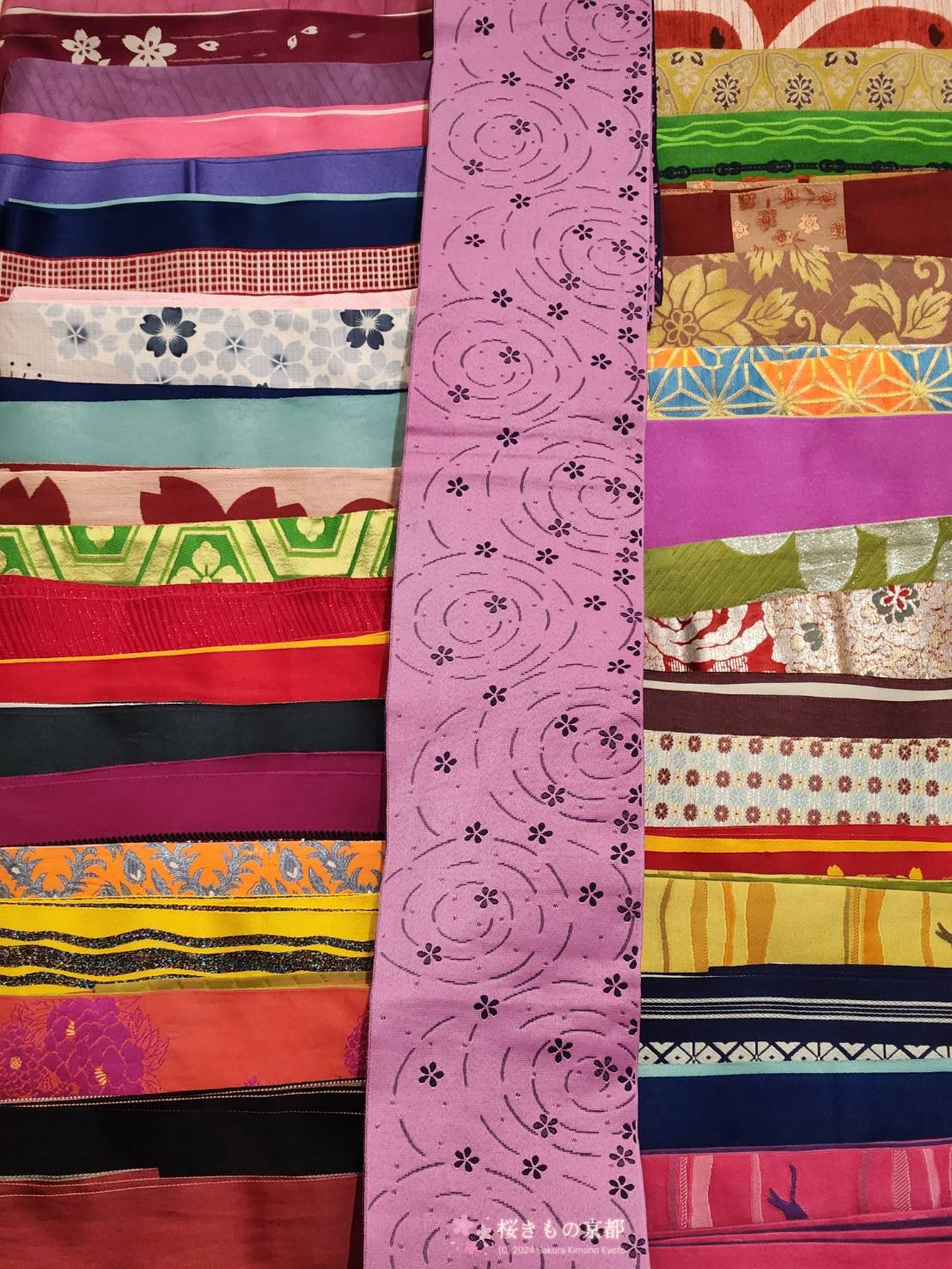
Obi (Kimono Sash)
The Obi is a sash worn around the waist of a kimono, serving both to hold the garment in place neatly and as a significant decorative accessory. Obi are classified based on design, formality, material, and purpose, such as Fukuro Obi, Han-haba Obi, and Nagoya Obi. They are considered essential for formal occasions. The convenient Nagoya Obi, typically around 15cm wide and 350-450cm long, is widely used. Obi feature diverse colors and patterns created through embroidery, dyeing, or weaving techniques, often depicting auspicious motifs. Tying the Obi beautifully with a kimono completes the elegant look of traditional Japanese attire.
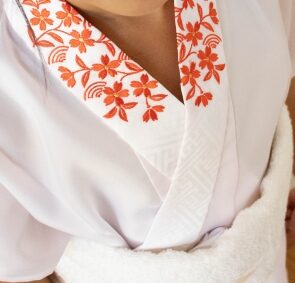
Juban (Nagajuban)
The Juban is an undergarment worn beneath the kimono, also known as Nagajuban (long juban). It has a similar shape to the kimono and serves to protect the delicate kimono from sweat and dirt. While kimono are often made from fine materials like silk that are difficult to wash, the Juban can be easily laundered, helping to maintain the cleanliness of the kimono and providing comfort to the wearer. The Juban also ensures the kimono fits smoothly to the body for a clean silhouette, and its collar allows for various styling options.
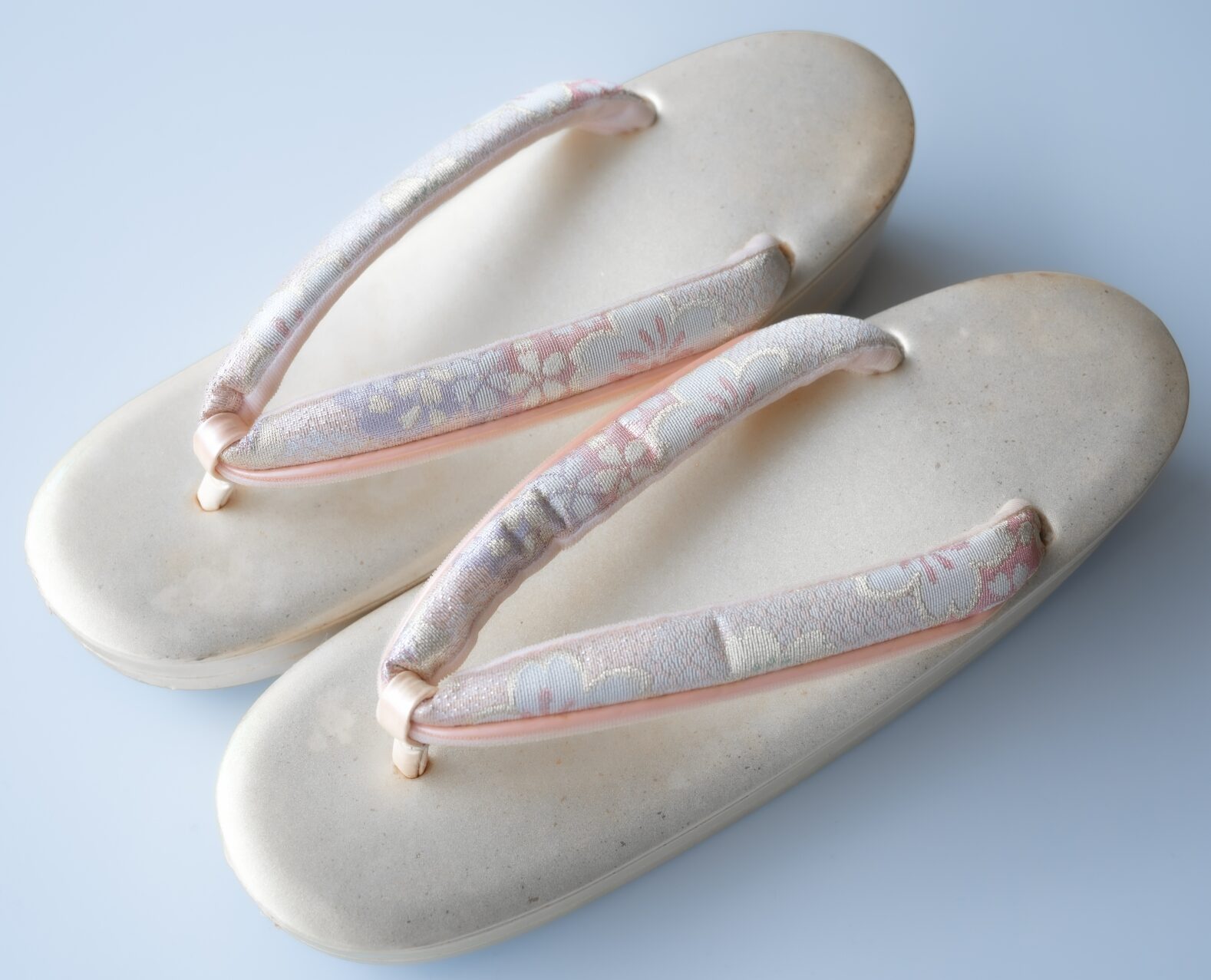
Zori
When wearing a kimono, the traditional Japanese footwear includes Zori and Geta. Generally, Zori are made from leather or kimono fabric, with a flat sole and a Hanao (thong) strap to secure the foot. The soles are relatively thin and designed to be flexible, conforming to the shape of the foot. Zori can be matched with various traditional outfits and are particularly used for formal occasions like weddings, ceremonies, or tea ceremonies, offering a more elegant impression than Geta.
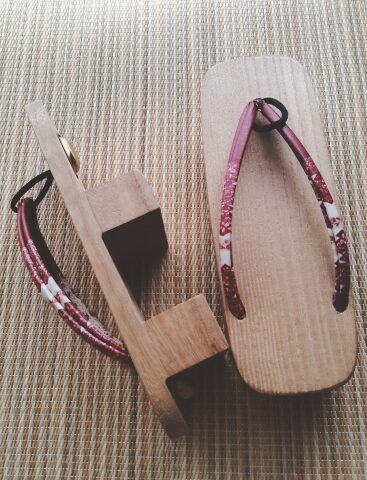
Geta
Geta are traditional Japanese wooden clogs characterized by two raised supports called “ha” on the sole, which elevate the foot from the ground and help protect from rain and wetness. They have a simple yet elegant design, are made from durable wood, and can be used for a long time. Geta are primarily worn in casual settings during the summer, pairing perfectly with Yukata. They are also an ideal choice for rainy days. Both men and women can wear Geta.
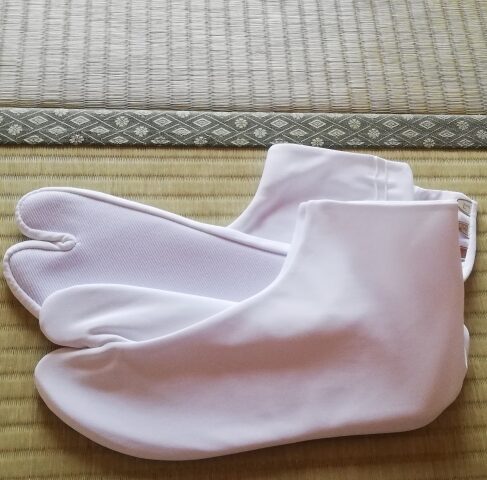
Tabi (Split-Toe Socks)
Tabi are traditional Japanese socks specifically designed to be worn with kimono and Zori or Geta. They feature a split between the big toe and the remaining four toes. Wearing Tabi is considered essential etiquette when wearing a kimono. When wearing a Yukata, you have the option to wear Tabi or not.
